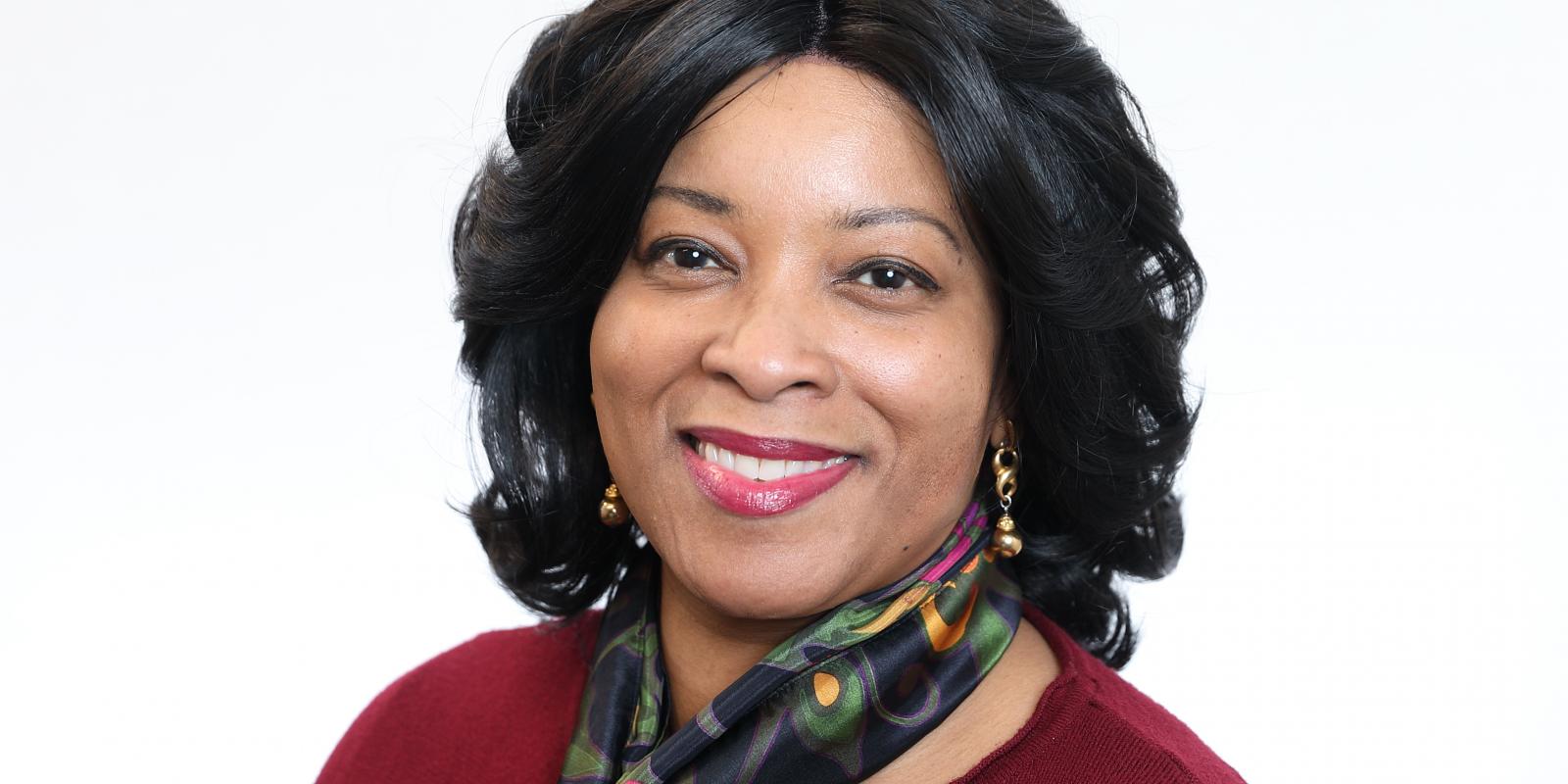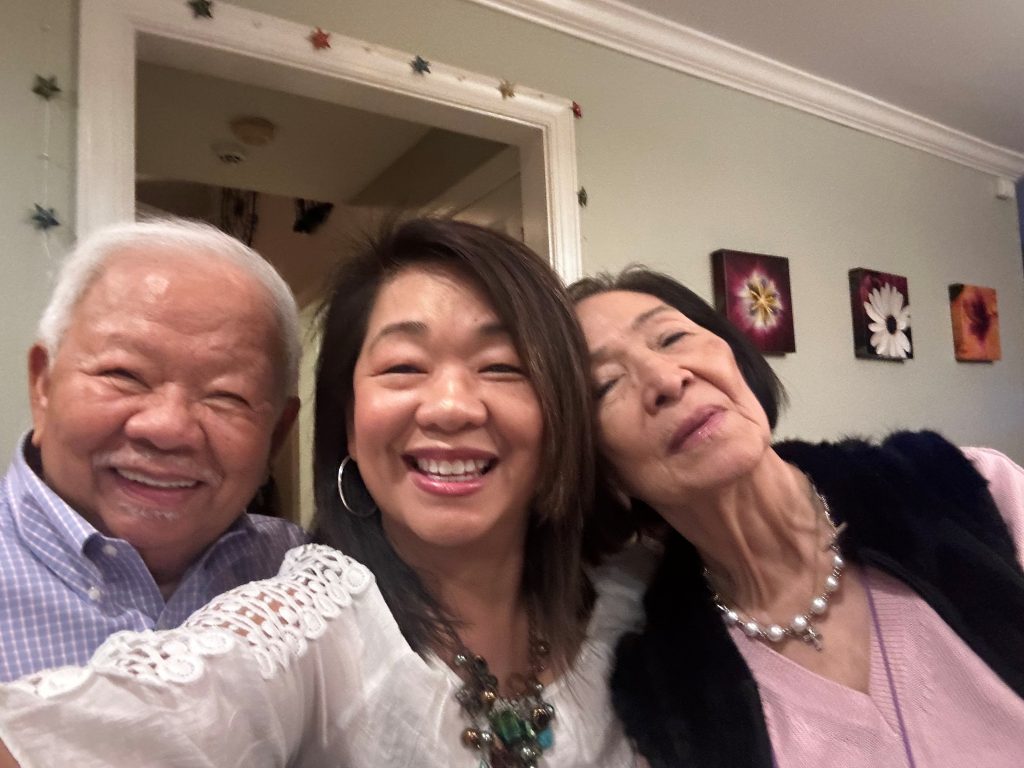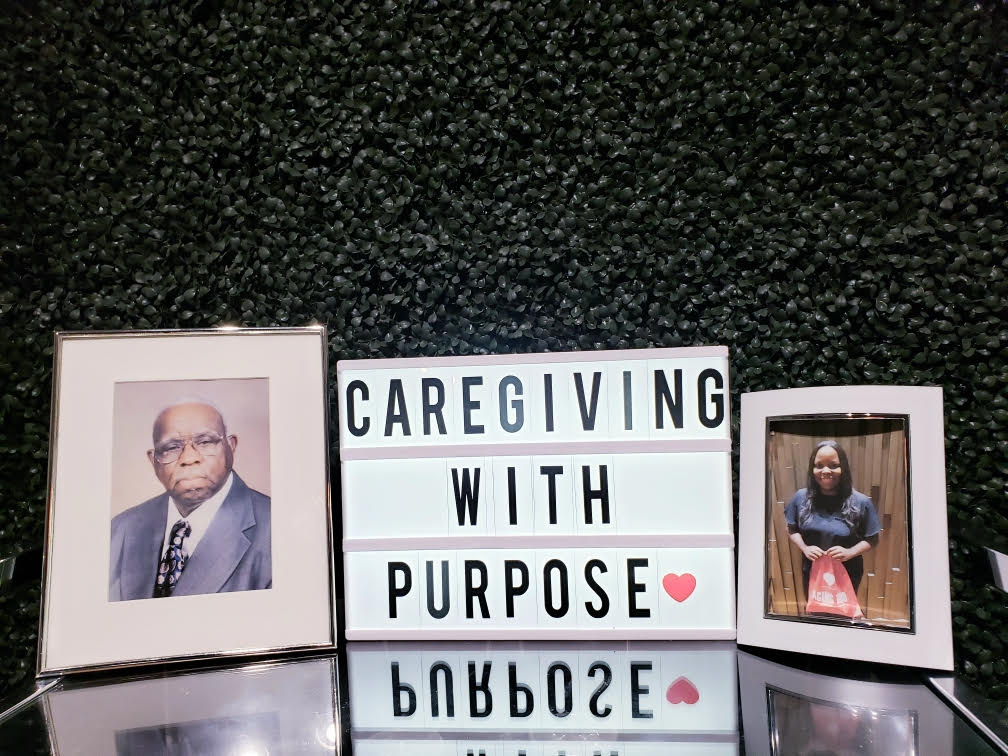Patricia Jones, DrPH, MPH, MS, is Director of the Office of Special Populations at the National Institute on Aging. She was named to the position in June of 2020 and Generations Today reached out to her via email for this Q&A. In it, Jones addresses the African American caregiving tradition, her diverse educational background and the meaning behind her spate of degrees, as well as her hopes for NIA research going forward. Prior to joining the NIA, Jones had worked in various positions at federal agencies, including the National Center for Advancing Translational Science, the National Institute of Allergy and Infectious Diseases and the Centers for Disease Control and Prevention, as well as other non-federal agencies.
Generations Today (GT): How did you first become interested in aging, and within aging, research on health disparities?
Patricia Jones (PJ): Caregiving is an important component of many individuals’ ability to maintain their health and sense of connection to a broader community. Within the African American community, taking care of loved ones, whether you are providing direct care or coordinating care delivery, is an important part of our history and culture. I was a caregiver to my parents for many years. As an African American woman, it was a privilege to care for my parents. I learned so much about myself and others through the experience. I have been interested in research on health disparities throughout my career.
GT: Currently you have a Master of Public Health (MPH), a Master of Science (MS) in Biotechnology, a doctoral degree in Public Health (DrPH) and you plan to complete a Master of Business Administration (MBA) in 2021. What drove your decision to obtain this particular portfolio of degrees?
PJ: My parents emphasized the importance of education as a means of gaining independence in our society. I was encouraged at an early age to not be defined by other people’s perceptions of my skills or to define my abilities based on income, gender, race or ethnicity, but rather to bravely pursue my dreams without limit. Education was viewed as an essential component to taking advantage of all the world has to offer. I do not ascribe to the notion of accepting artificial limits or barriers placed on me by others. As I reflect on my life’s journey, a quote from Marion Wright Edelman summarizes my educational accomplishments: “Education is for improving the lives of others and for leaving your community and world better than you found it.” I hope to leave my community and world better than I found it.
At the time I began the MPH program at UCLA, systemic change, in general, was an important topic for many in Los Angeles and across the nation. The effectual energy to leverage the power of the community and work among different stakeholders to study and make systemic and broad structural changes that were negatively impacting health, education and other areas of life, was palatable. The MPH program was a great match for my enthusiasm and commitment to engage communities in addressing structural and social factors that determine their health outcomes. After completing my master’s degree at UCLA, I began working in the public health field, and the experience further solidified my zeal for research. It was clear that a doctoral degree in Public Health was needed to advance my professional goals to make large scale improvements.
Over time, I would transition to working at an academic institution and then as a federal employee in various research-related tasks such as facilitating clinical studies and trials that may result in a new interventions or products. The Master of Science degree in Biotechnology gave clarity to the business and regulatory processes commonly applied in developing a new treatment. The degree facilitates me in working more effectively with multiple stakeholders across different sectors.
From a business perspective, the role of key principles and evidence-based business models that promote efficiency and effectiveness in research is very important. The MBA degree is complementary to the other degrees I am leveraging to improve health outcomes.
GT: Let’s switch to your current position. Why did you choose to pursue this office?
PJ: The NIA leadership contacted me for a conversation about the opportunity and after having [that] conversation, I reflected upon my experiences at NIH and other work environments. NIA’s commitment to improving the health of older persons is sincere and the long-standing positive reputation the Institute enjoys made the decision very easy. I am committed to redressing health disparities and leveraging every resource available to promote equitable health for all older persons. The position is the perfect opportunity to apply all my educational and professional experiences.
GT: Can you talk a bit about NIA’s research recruitment efforts in the Office of Special Populations?
PJ: The Office of Special Populations (OSP) works collaboratively across all offices and divisions within NIA and across NIH, more broadly, to promote better and more effective engagement, recruitment and retention of persons who historically have been underrepresented in clinical research and trials. OSP has been instrumental in developing a resource known as the Health Disparities Framework that can be used by researchers to identify potential areas of disparities to remedy in a proposed study. The resource also can inform our Institute in identifying areas of research that may require additional support.
GT: Early career researchers are a top priority, what is NIA’s thinking behind that?
PJ: Early career scientists are very important to the present and future of the research enterprise. Their enthusiasm and bright new ideas add value to the biomedical research enterprise. Moreover, NIA remains committed to increasing the number of early career scientists who are from historically underrepresented groups because we recognize that a diverse workforce ideally would mirror the strength and diversity of our communities. OSP is particularly instrumental in making career development and training opportunities available to early career scientists, who may be slightly more advanced, and promoting diversity and inclusion. OSP convenes the annual Butler-Williams Scholars Program and the Director’s Regional Meetings to engage academic institutions that may be less familiar with NIA Aging Research funding opportunities to make their scholars and faculty aware of the various funding opportunities available. NIA offers a broad range of funding for scholars who want to further develop the skills needed to conduct research in aging and to identify and address health disparities that may be impeding the full benefits of the discoveries made in aging research field.
GT: Please address the NIA Health Disparities Framework; what sort of work has it generated so far, and what advancements are you hoping to see in the future?
PJ: The Health Disparities Framework is a resource developed by NIA. The Framework has informed conversations with various researchers thinking about the complex and difficult aspects of how the social determinants of health impact the lives of people differently. The Framework has not only informed some in thinking about the science, but also it has provided a compass for NIA to think about our portfolio of investments. My vision is that the Health Disparities Framework be adopted more broadly by researchers and other leaders alike, who are dedicated to ensuring all older persons have the opportunity to thrive and live healthy, rewarding lives.
‘I am committed to redressing health disparities and leveraging every resource available to promote equitable health for all older persons.’
GT: You have a background as well in Women’s Studies, can you please talk a bit about how you might view women as a special population in and of itself?
PJ: The degree in Women’s Studies has been helpful over the years in many ways. I started my education at UC Berkeley as a Basic Sciences major and I took other courses as well. In taking other courses in Women’s Studies, I learned so much about the historical contributions women, particularly women of color, have been making and decided to pursue a degree in Women’s Studies with a professional goal of completing my graduate education in Public Health Sciences. The Women’s Studies background substantiated the idea that while we have made great accomplishments in different fields, there is more work to be done. This year marks the 100th anniversary of Congress passing the 19th Amendment. This is an incredible accomplishment. In the context of research, we have more work to do to ensure all women are included in clinical research and ultimately benefit from the lessons learned.
GT: Can you now talk a bit about NIA’s career development opportunities, specifically the Butler-Williams Scholars Program, how that effort works and who’s eligible?
PJ: The Butler-Williams Scholars Program is a wonderful training opportunity for early career scientists who have a faculty appointment. The program, formerly known as the Summer Institute on Aging Research, began more than 34 years ago. In addition to this highly competitive, intensive program designed to further develop skills related to identifying health disparities, science reflected across the variety of studies supported by the Institute, grant writing and participating in the scientific review process, we offer several types of awards for undergraduate scholars through more advanced researchers aspiring to establish a career in research on aging.
GT: We often hear about how a lack of diversity in clinical trials participation affects outcomes of said trials and efficacy of medications, etc., within those populations. Can you please address NIA efforts to engage more diverse populations in clinical trials?
PJ: The NIA is very committed to improving the diversity among clinical trial participants. The Institute has several awards made to researchers to develop research resources that will advance processes for high yield recruitment, formulate breakthrough ideas, concepts and approaches to research participant recruitment and retention, strengthen outreach and community engagement practices and devise improved communication strategies. Also, NIA convened a large body of stakeholders from a variety of industries and sectors to develop a document called the National Strategy for Recruitment and Participation in Alzheimer’s and Related Dementias Clinical Research. These are just some examples of efforts NIA has made to improve the diversity among clinical trial participants. The leadership remains committed to promoting diversity among participants.
GT: ASA members are from a wide swath of disciplines within the aging services sector. Is there anything you’d like to tell them about the NIA, and particularly its Office of Special Populations that they might not know?
PJ: With the onset of the Coronavirus global pandemic, the devastating effects of health disparities among communities of color have been emphasized. The NIA has been actively supporting studies that help explain some of the disparities underrepresented minorities continue to experience and some solutions to addressing the effects of the disparities. Achieving health equity for all older persons is a team effort. Solutions require the collective wisdom of community and patient leaders, study participants and scientists to work collaboratively in dealing with large, complex systemic problems that are impeding the uptake of our scientific investments. Everyone benefits when all communities of older persons experience healthy aging.













